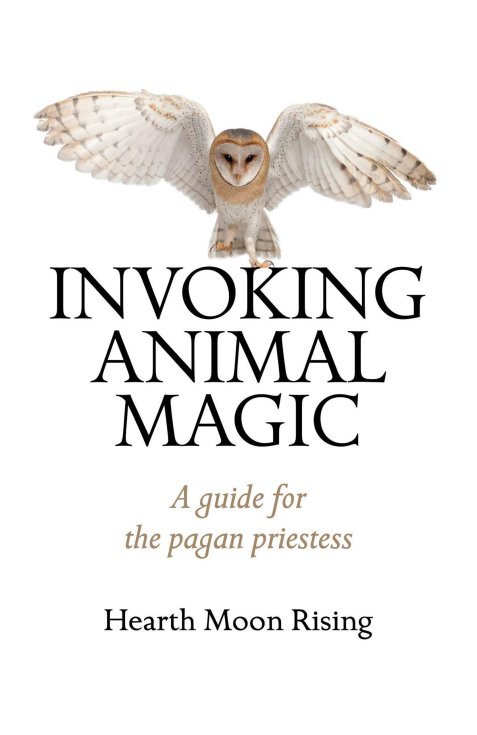The Tarot of Bones
Lupa
Llewellyn Publications, 2012

Review by Natalie Zaman.
I’m admittedly biased about The Tarot of the Bones because I supported the Indiegogo campaign. I’ve always loved Lupa’s work and have been eye-balling sets of her bone runes (visit her etsy shop at http://thegreenwoff.etsy.com for a look if you already haven’t), so when she started putting out the word for patrons to fund the creation of a Tarot deck that would be based in her artwork, I was in like skin (no pun intended).
It wouldn’t be unreasonable to expect a somewhat skeletal rendition of the Rider-Waite-Smith symbolism in The Tarot of the Bones. Lupa said that she’d be building on traditional symbolism, but Tarot of the Bones is unique. Each image is a combination of natural elements, arranged and collaged in Lupa’s signature style; stark, crisp, immersive. Looking at these images is a wander through the woods, or the careful navigation of a moss and wildflower-tufted cliff. It’s a walk along the seaside, or a peek inside a cave, a visual feast. Close your eyes and you might hear bird calls, the soft pad of feet in the underbrush, smell earth and rain. If you’re not comfortable of confident about handling actual bones, working with these cards would certainly be an effective beginner’s step.
I love beautiful collector’s decks, but ultimately, I like things that I can use. Some of The Tarot of the Bones’ nods to Rider-Waite-Smith are subtle, but obvious, like the serpent skeleton that chases its own tail to represent the Magician. I cheekily thought that I’d “gotten” that one: The skeletal snake is The Magician’s belt. Perhaps that can enter into the card’s meaning in a reading—after all, there is the archetype, and then there’s the intuitive pulls the reader draws from certain imagery. I couldn’t help but think of The Magician’s belt as soon as I saw this image. But it does not end there. The snake, as Magician, Lupa says, sheds his skin to emerge as something new. Then there is that sinewy magic of a snake’s movement. Even the type of serpent—the corn snake—was, she says, “a deliberate choice.” Not just the physical remains, but the whole animal and its nature is taken into consideration: The corn snake is often kept as a pet, Lupa says, and as such he is The Magician. Unlike his counterpart, The Hermit (played by a female hornbill skull). The Magician is evident, and in the public eye. Not so obvious was the Four of Cups portrayed as four white deer bones that form a shelter is, Lupa says, “the card of the introvert,” a safe haven from choices (at least for the moment), a place of contemplation. These details add a new and fresh meaning to the Tarot archetypes.
Like all takes on the Tarot, The Tarot of the Bones is loaded with symbolism, some traditional, and some with its own meaning entirely, embedded in natural elements, some I was familiar with (or thought I was familiar), and some not so much. I will need the book, at least at first, to help me identify all of the elements that went into each piece (It also occurred to me that this will make a marvelous reference for identifying and interpreting these natural elements both for working with this deck and otherwise.). Lupa is thorough in this regard—we get the story behind the card and its making, her associations and its connections with traditional Tarot archetypes where applicable. Her conversational and witty writing style makes this a pleasure (free Lupa with every deck!).
My favorite cards:
-
- The Happy Squirrel (a happy add on after the Indiegogo campaign made goal). Apart from the Magician, it is the only other complete skeleton. I also love having a wild card type element in a reading.
- Wheel: I have a thing about sand dollars, and was glad to see this shell-skeleton make an appearance.
- The Lovers: I loved the almost pre-historic look of the albatross (made of resin) skulls in this image; they also look like the hands of a clock, pointing to the crystals that encircle them. Choices!
- The King of Cups, represented by a turtle shell—perfect.

